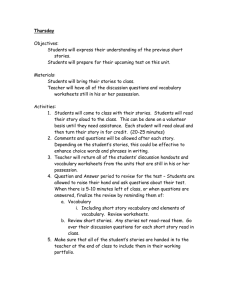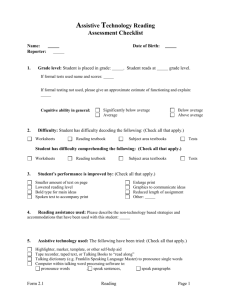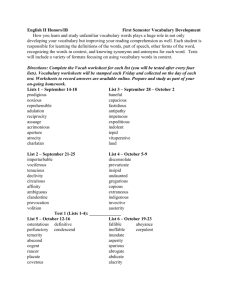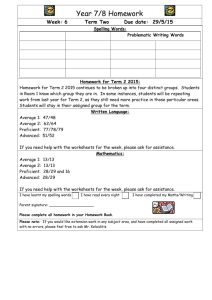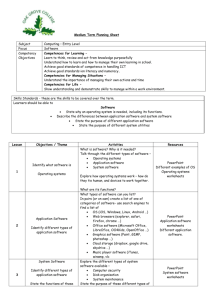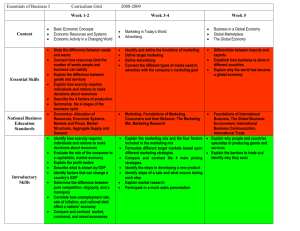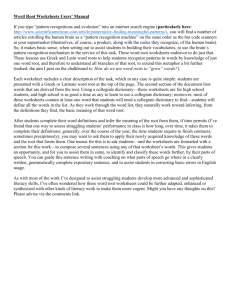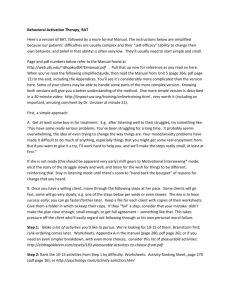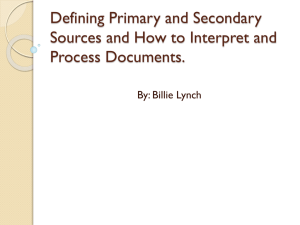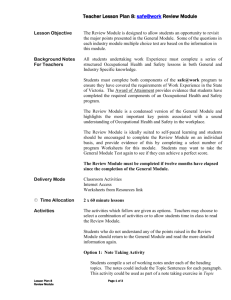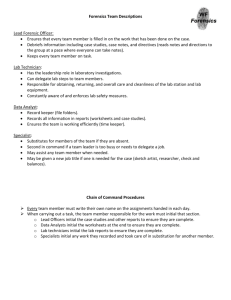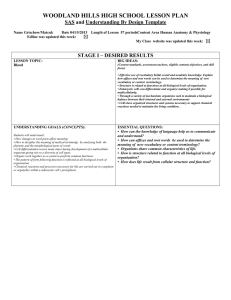Using Worksheets and Textbooks (MS Word 81 Kb)
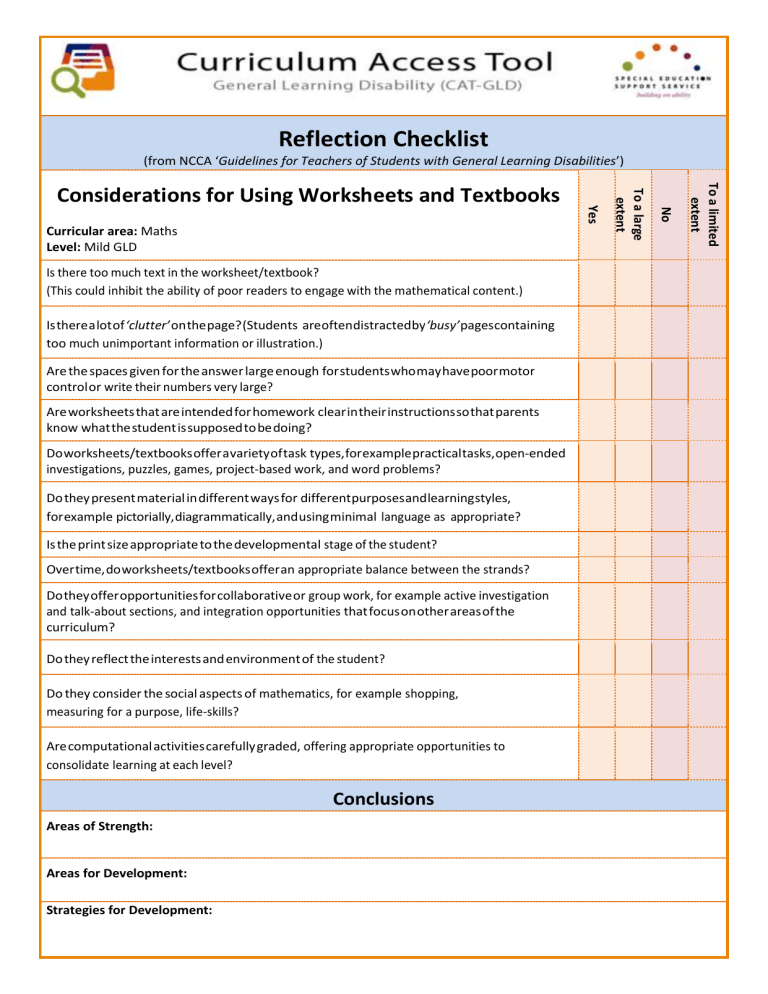
Reflection Checklist
(from NCCA ‘Guidelines for Teachers of Students with General Learning Disabilities’)
Considerations for Using Worksheets and Textbooks
Curricular area: Maths
Level: Mild GLD
Is there too much text in the worksheet/textbook?
(This could inhibit the ability of poor readers to engage with the mathematical content.)
Is there a lot of ‘clutter’ on the page? (Students are often distracted by ‘busy’ pages containing too much unimportant information or illustration.)
Are the spaces given for the answer large enough for students who may have poor motor control or write their numbers very large?
Are worksheets that are intended for homework clear in their instructions so that parents know what the student is supposed to be doing?
Do worksheets/textbooks offer a variety of task types, for example practical tasks, open-ended investigations, puzzles, games, project-based work, and word problems?
Do they present material in different ways for different purposes and learning styles, for example pictorially, diagrammatically, and using minimal language as appropriate?
Is the print size appropriate to the developmental stage of the student?
Over time, do worksheets/textbooks offer an appropriate balance between the strands?
Do they offer opportunities for collaborative or group work, for example active investigation and talk-about sections, and integration opportunities that focus on other areas of the curriculum?
Do they reflect the interests and environment of the student?
Do they consider the social aspects of mathematics, for example shopping, measuring for a purpose, life-skills?
Are computational activities carefully graded, offering appropriate opportunities to consolidate learning at each level?
Conclusions
Areas of Strength:
Areas for Development:
Strategies for Development:
